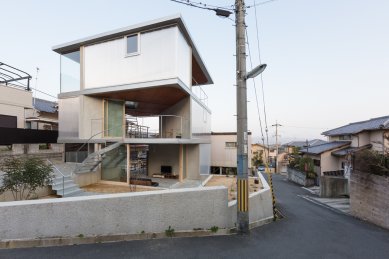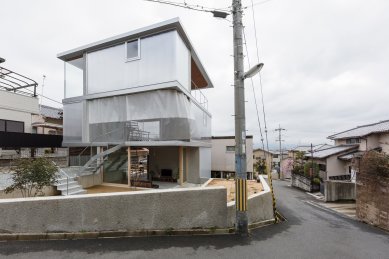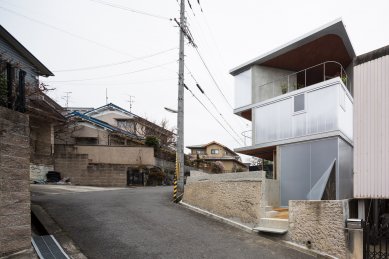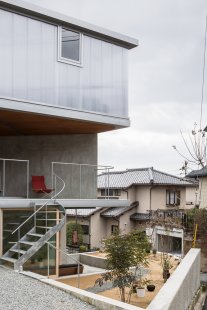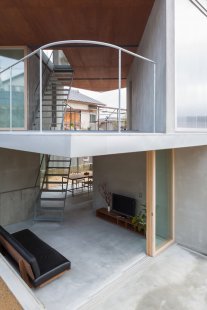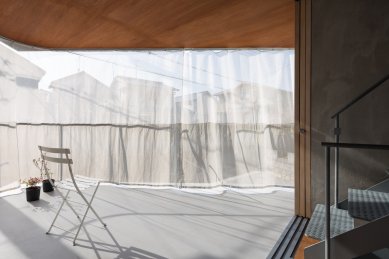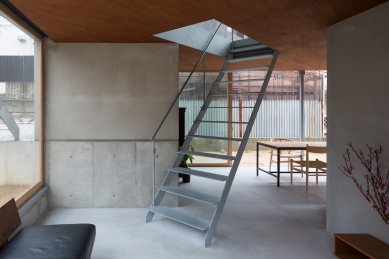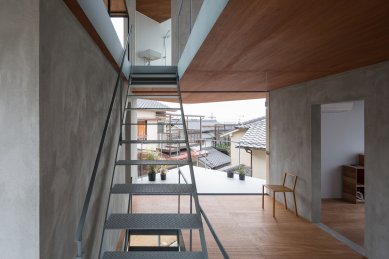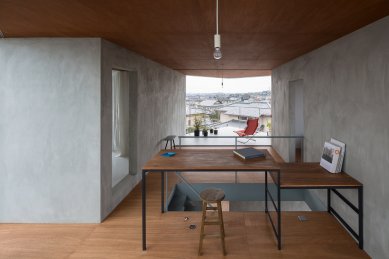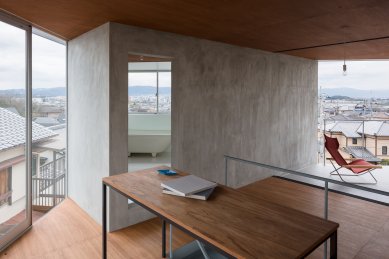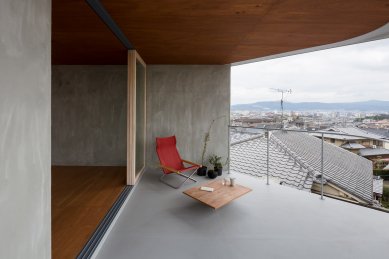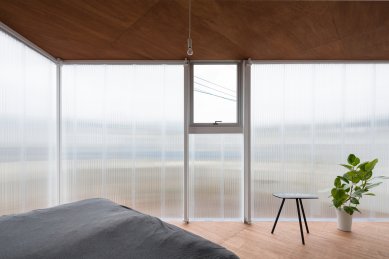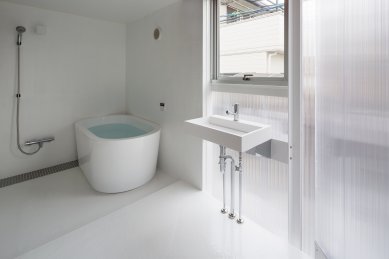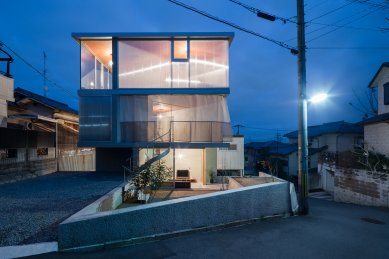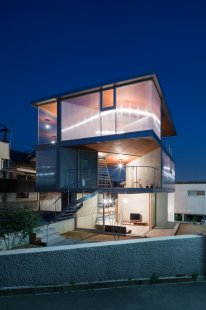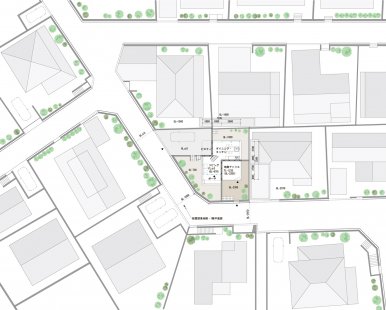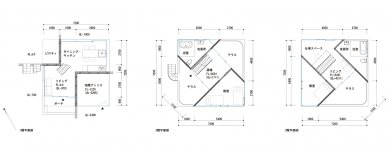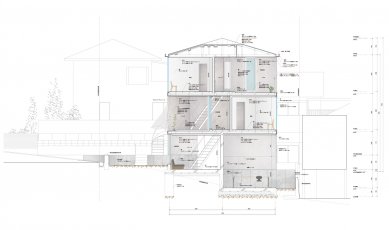
House in Ayameike

We decided to dig the site step by step and create two new low retaining walls on the site. We built the house on a new retaining wall. An L-shaped wall is erected on the new retaining wall, and the floor is placed on it. Furthermore, I set up an L-shaped wall at a position to balance it and put the floor on it repeatedly.
By stacking the symbolic walls that make up the entire city upstairs while maintaining a balance, we tried to connect the relationship with the ground level and the surrounding environment to the top floor.
Using the materials and landscapes that already existed in this residential area as clues for design, we aimed to create an unpredictable and open house in the future.
1. The design was based on the retaining wall that exists in the surrounding area in a residential area with different heights. Characterized by a wall that rises randomly from the retaining wall
2. Since the structure is like a yajirobei, it is unstable until the whole structure is solidified, so it was difficult to construct the structure.
3. RC structure and steel structure. The wall is hollow polycarbonate.
4. Achieved an open plan by providing an outer wall inside.
By stacking the symbolic walls that make up the entire city upstairs while maintaining a balance, we tried to connect the relationship with the ground level and the surrounding environment to the top floor.
Using the materials and landscapes that already existed in this residential area as clues for design, we aimed to create an unpredictable and open house in the future.
1. The design was based on the retaining wall that exists in the surrounding area in a residential area with different heights. Characterized by a wall that rises randomly from the retaining wall
2. Since the structure is like a yajirobei, it is unstable until the whole structure is solidified, so it was difficult to construct the structure.
3. RC structure and steel structure. The wall is hollow polycarbonate.
4. Achieved an open plan by providing an outer wall inside.
Ippei Komatsu Architects
0 comments
add comment


